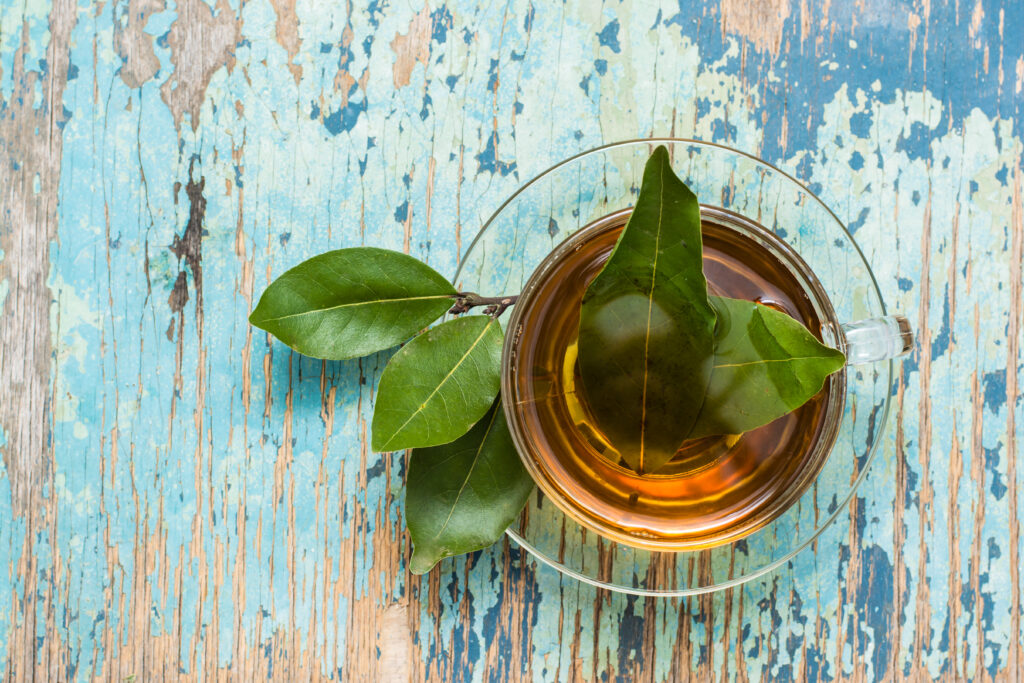
Everyone knows how to make a cup of tea ‘the way they like it’ so it would be condescending to suggest there is a better way but there are a few hints to help ensure that when you sit down for your tea moment you enjoy it, at its very best.

Always use fresh water. It is the dissolved oxygen in the water that draws the flavour out of the tea leaf. Water that has boiled before has less oxygen so it will not brew as well.
Only put in the amount of water you are going to use; it makes no difference to how the tea tastes but it will use less energy and save you money.
Use your favourite. It doesn’t matter if its metal, china or glass but it does help to warm it first. The best type of Tea Pot is one with an internal removable strainer or basket. Removing the strainer enables you to stop the tea from brewing beyond your ideal time.
When you can get top quality leaf tea why would you pay extra to have it wrapped in tissue or some other material which restricts its brew? It makes no sense, so always use whole leaf tea. You will soon work out what is best for you, but we recommend 1 teaspoon per cup, placed in the warmed tea pot.
Once the kettle boils, add the boiling water to the pot for all the teas except the Green Tea. Green tea brews better at a little below boiling point so wait a few minutes before adding the water for this one.
We give a guide for each tea as they do perform differently, for instance the Green tea is past its best if allowed to brew for no more than 3 mins but again, you will soon work out how long is best for you.
Putting the milk in first or last does make a difference but neither is wrong. Why not pour one cup of each and see which you prefer.
Sit down, relax and make time to enjoy this exquisite drink that has been so carefully brought to its point of perfection.
There are two types of tea bush; the Camellia Sinensis var. sinensis is a native of China and the Camellia Sinensis var. assamica is a native of Assam, India. The Chinese type has a smaller leaf and is the predominant type found in China, Indonesia, Vietnam, Ceylon and South India whereas the larger leaf Assam bush is found mainly in North India, and across Africa.
The bush is pruned and trained to produce as many growing points as possible and when the pluckers move between the bushes they will ‘pluck’ the fresh growth. If the aim is to make a top quality end product, only the top ’two leaves and a bud’ will be plucked, as further down the stem the leaves become harder and coarser.
The leaf needs to shed some of its water content before it can be shaped and to do this it is usually laid out on a wire mesh in large troughs. Air circulates through the leaf and water evaporates. Depending on the weather this might take 14 hours before the garden manager judges it to be ‘just right’
There are two main methods used to shape the leaf. The first of these is known as the Orthodox method and involves rolling the leaf across raised battens on a circular table. This makes each leaf curl in on itself and results in a long, thin, wiry end product.
The other way is to let the leaf fall between rotating, grooved cylinders which Cuts, Tears and Curls (CTC) the leaf giving a round granular end product.
Whether it is the Orthodox or the CTC method that is used, the leaf is now wet with the juice that has been squeezed out. Exposed to the air it starts to oxidise and change from bright green to brown. This is known as Fermentation (although there is no alcohol produced). This process needs careful watching as it is here that a lot of the subtle flavours develop. Typically this part of the process takes 30 to 45 mins but it will depend entirely on the ambient temperature and humidity.
Once the fermentation is deemed to have reached its optimum point, the fermentation is stopped by drying the leaf out to about 2% moisture in large ovens.
In both Orthodox and CTC manufacture, no matter how careful the process, some parts of the leaf break off and these need sieving out – they can be used in tea bags!
The last thing to do is to pack the tea. Not many tea gardens still use tea chests; instead the tea is packed in 4 ply paper sacks, which saves a lot of trees.
Within 24 hours the plucked leaf has been transformed into the tea we know and love, just waiting for someone who cares, to take time, sit down and enjoy all the effort that has gone into producing it.
The basic difference with Green Tea is that it is not allowed to ferment. It goes straight from shaping to drying.